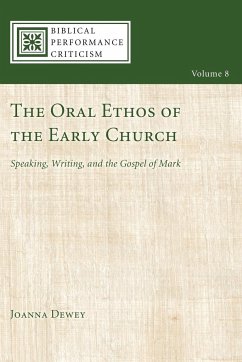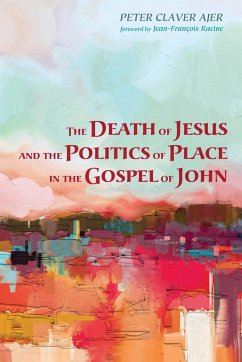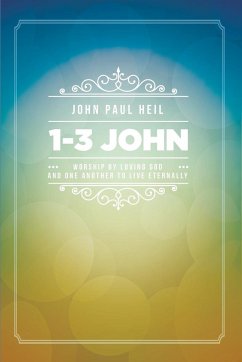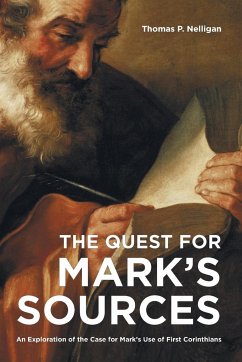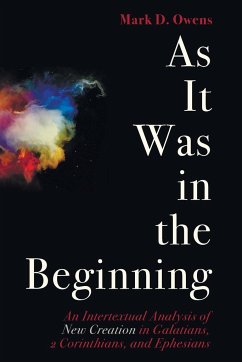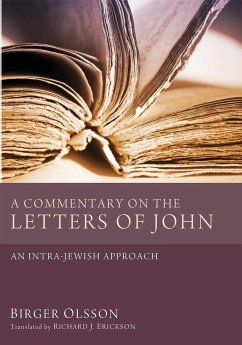
A Commentary on the Letters of John
Versandkostenfrei!
Versandfertig in 1-2 Wochen
37,99 €
inkl. MwSt.
Weitere Ausgaben:

PAYBACK Punkte
19 °P sammeln!
The long history of interpretation of the three Johannine letters has been largely characterized, at least since Irenaeus in the late second century, by the assumption that the Elder was addressing the Gnostic heresy. In recent years, particularly with the work of Raymond Brown, attention has been focused on the internal schism within the Johannine (or Beloved Disciple's) community, thus taking the first epistle as a corrective to secessionists' misguided attempts to read the Gospel of John in an ""advanced,"" spiritualizing manner. Birger Olsson returns to a less common perspective, one that ...
The long history of interpretation of the three Johannine letters has been largely characterized, at least since Irenaeus in the late second century, by the assumption that the Elder was addressing the Gnostic heresy. In recent years, particularly with the work of Raymond Brown, attention has been focused on the internal schism within the Johannine (or Beloved Disciple's) community, thus taking the first epistle as a corrective to secessionists' misguided attempts to read the Gospel of John in an ""advanced,"" spiritualizing manner. Birger Olsson returns to a less common perspective, one that views the crisis facing the Elder as a wholly ""intra-Jewish"" problem. The Johannine community comprised Jewish believers who regarded Jesus as the long-promised Messiah of Israel, but at some point in the community's life, under the leadership of one Diotrephes, some members of the community chose to reject this conviction and to entice other members to do likewise. Olsson anchors his thoroughgoing interpretation of the three letters in this conflict among Jewish Christians over the nature of the Messiah and the renewal of Israel's ancient covenant. Among other things, this implies that the letters were written in reverse order of their numbering.





